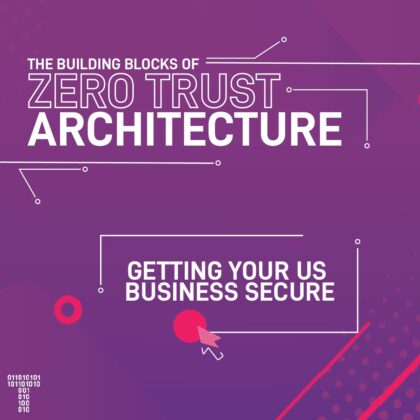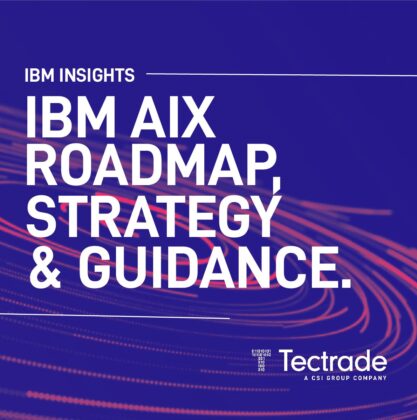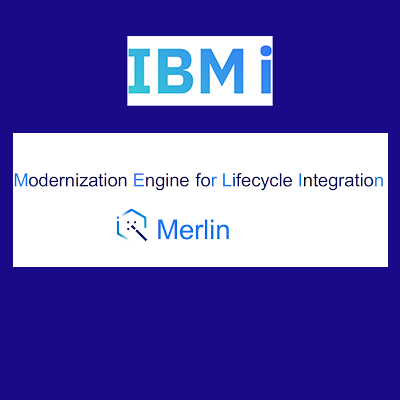Our Latest Articles
Gain insights from our team of specialists. Discover thought leadership articles & blogs from our industry experts.

Storage and Backup
A Buying Guide to Finding the Best Storage Solution for Your Business
Find the right storage solution for your company.
IBM Power
The IT Skills Gap Is Only Getting Wider in 2024
The IT skills gap is forecasted to widen in 2024 - especially for IBM i skills, what happens next?

About Tectrade
Tectrade Change Freeze (Dec-Jan)
We will be operating a 'Change Freeze' across our hosted and managed infrastructure to manage risk at this critical time.

Cyber Security
The Building Blocks of Zero Trust Architecture
So, what is Zero Trust? First, let’s define Zero Trust, which is fast becoming a marketing slogan. It is best…

Application Modernization
Legacy Architecture: modernization processes to stay competitive.
How do you keep up with ‘born in the cloud’ rivals if you’re weighed down by legacy architecture?

Storage and Backup
Where are you on your containerization journey?
Find out about the benefits of containerization here.

IBM Power
Why IBM i is still the Market Favourite in 2023
June 21, 2023, marks a milestone anniversary for the IBM i operating system - as it turns 35.

IBM Power
IBM Power 8 End of Service and IBM Power 9 hardware withdrawal
With IBM POWER8 models going End of Service (EoS), explore your next steps.

Cloud
Observability and Monitoring: Why have both?
We explore the difference between observability and monitoring, and why modern IT Ops need both.

Cloud
Which Hybrid Cloud is Best for my Business?
Features and benefits of three popular hybrid cloud systems from IBM, VMware, and Microsoft.

IBM Power
An Executive Guide to IBM AIX (Strategy & Roadmap Information)
Tectrade’s AIX specialists have been consulted to create this executive guide to help customers and businesses alike navigate one of…

IBM Power
What is IBM i Merlin for Application Modernization?
IBM i Modernization Engine for Lifecycle Integration is an application development and modernization environment.
